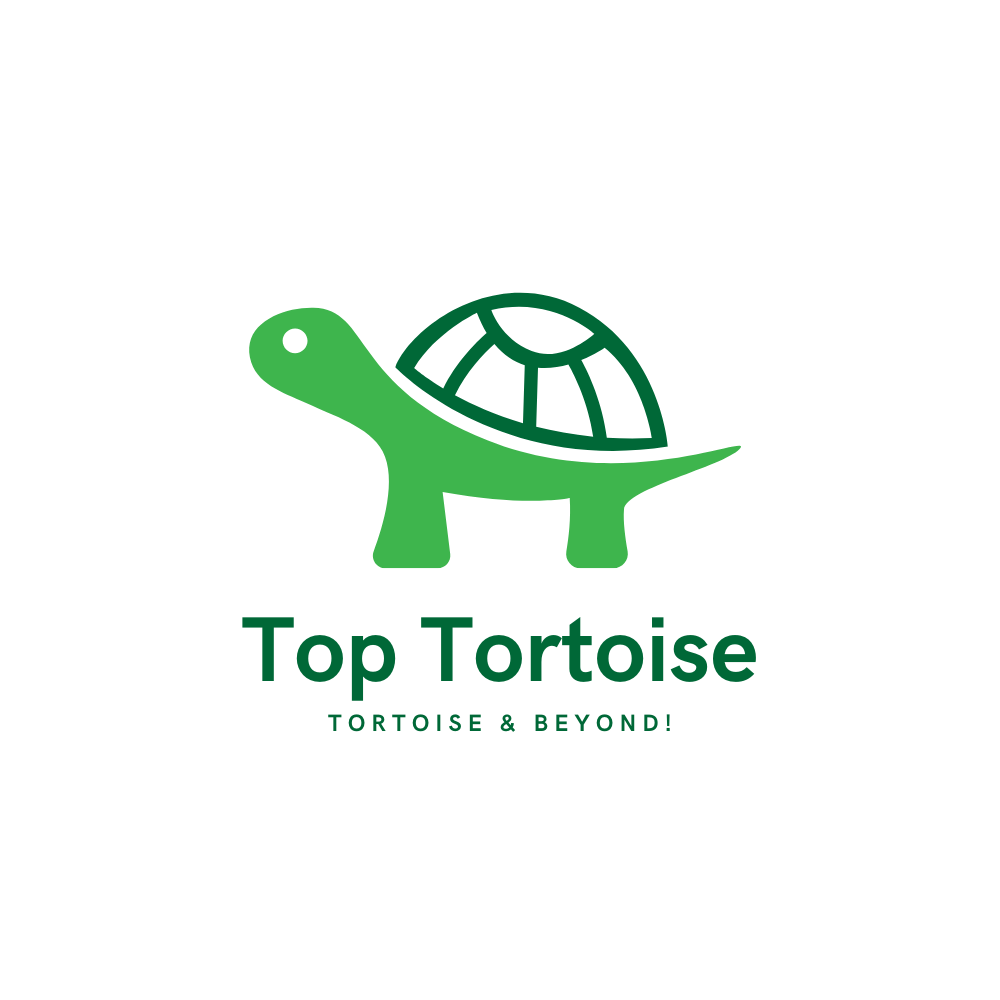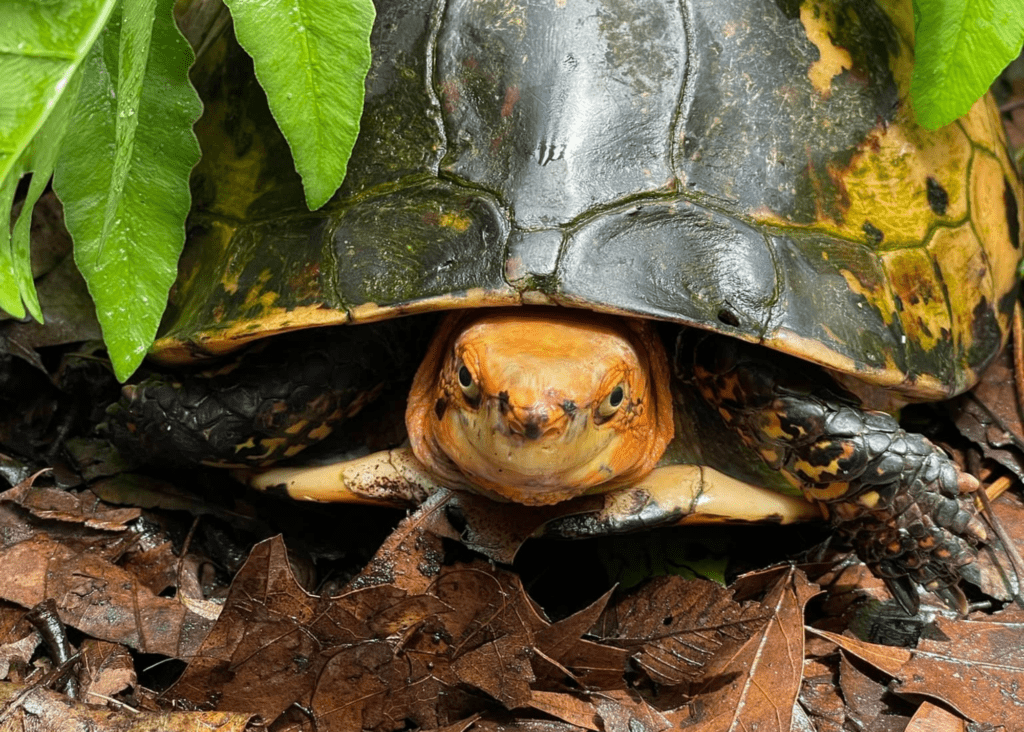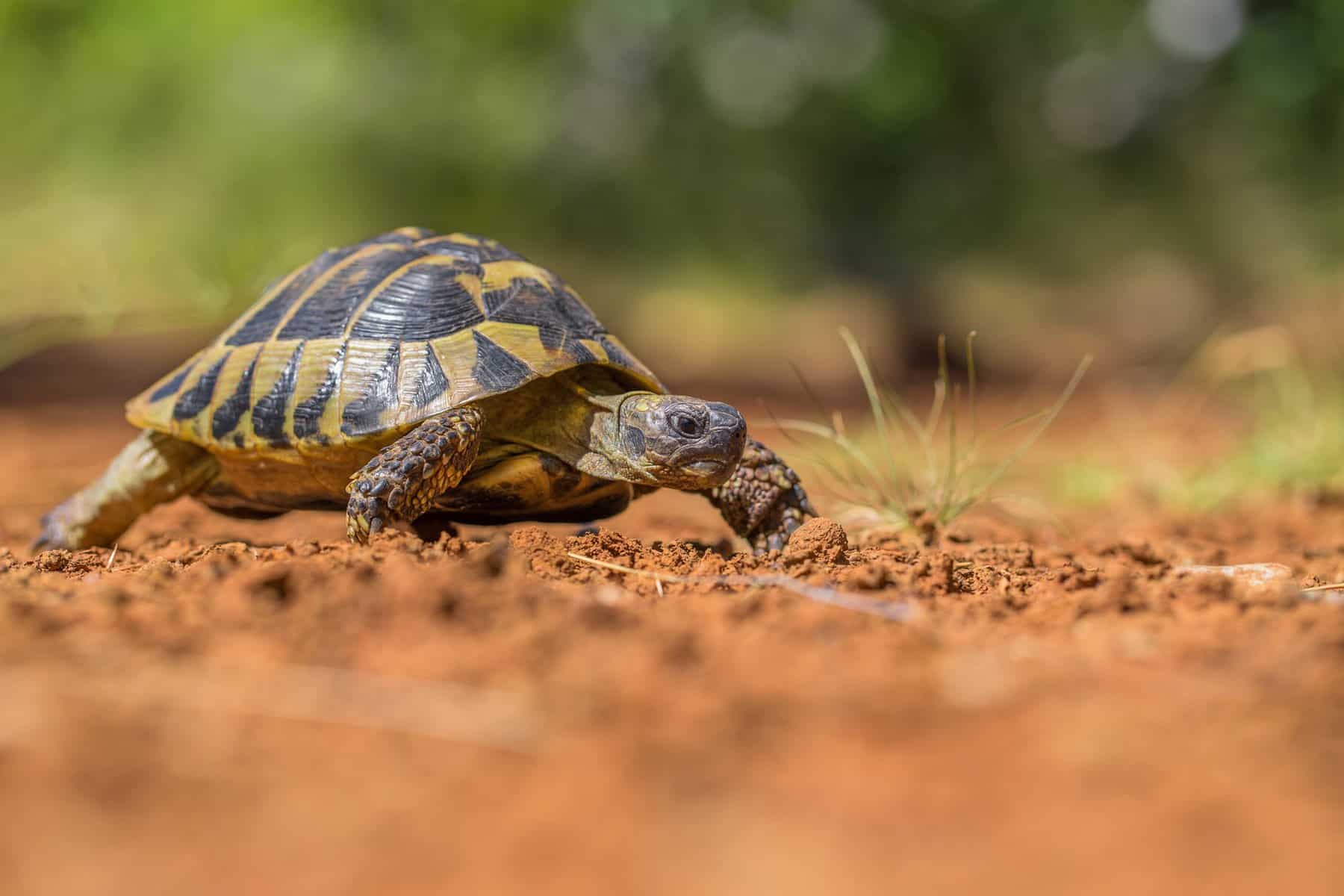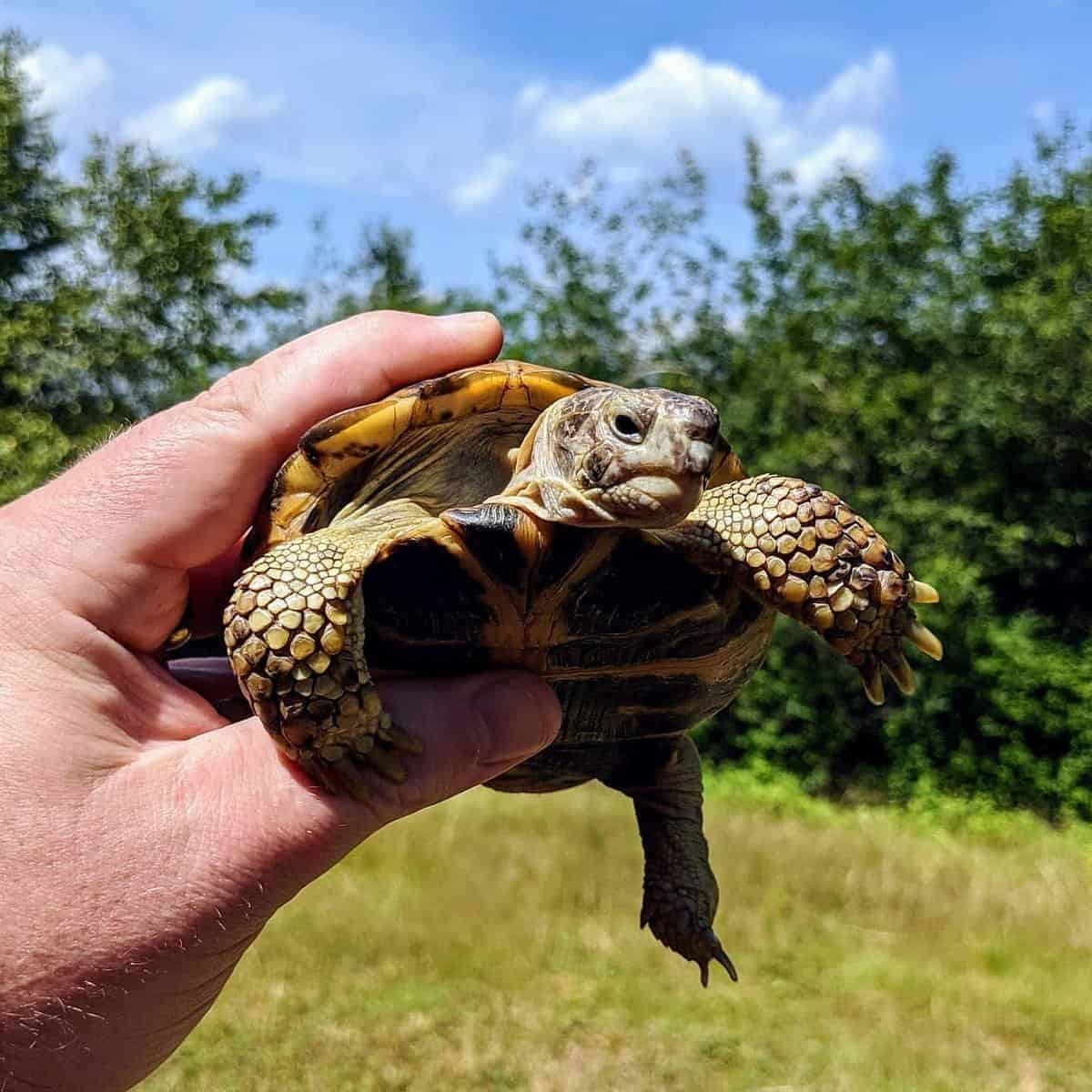From Snakes to Birds: A Comprehensive Guide to What Eats Tortoises
Tortoises are often overlooked when it comes to their role in the ecosystem, but they play a crucial role in maintaining the balance of their habitats. These slow-moving creatures have a significant impact on their environment through seed dispersal and nutrient cycling. Additionally, tortoises serve as an important food source for many predators, contributing to the overall biodiversity of their ecosystems.
Seed dispersal is an essential ecological process that helps plants colonize new areas and maintain genetic diversity. Tortoises play a vital role in this process by consuming fruits and seeds and then excreting them in different locations. As they move around their habitat, tortoises help disperse seeds over a wide area, increasing the chances of successful germination and plant growth.
In addition to seed dispersal, tortoises also contribute to nutrient cycling in their ecosystems. As they feed on vegetation, they break down plant matter and release nutrients back into the soil through their waste. This process helps enrich the soil and promote healthy plant growth. Without tortoises, nutrient cycling would be disrupted, leading to imbalances in the ecosystem.
Furthermore, tortoises are an important food source for many predators. Their slow movement and protective shell make them an easy target for predators looking for a meal. By preying on tortoises, predators help regulate their populations and prevent overgrazing of vegetation. This predator-prey relationship is essential for maintaining the overall health and balance of the ecosystem.
Predators of Tortoises: A Brief Overview
Tortoises face threats from a variety of predators, each with its own unique hunting methods and adaptations. These predators can be classified into different categories based on their habitat and hunting techniques.
| Predator Type | Examples | Tortoise Species Targeted | Predation Method | Region | Additional Notes |
|---|---|---|---|---|---|
| Mammals | Raccoons, foxes, badgers | All, especially young | Biting, crushing, digging up nests | North America, Europe | Particularly dangerous to juveniles and eggs. Can be deterred by fencing, secure enclosures, and guard animals. |
| Coyotes, wolves | Large tortoises | Biting, crushing | North America | Typically target weakened or injured individuals. Can be deterred by strong fencing and hazing. | |
| Feral dogs, cats | All, especially young | Biting, chasing | Worldwide | A significant threat in urban areas. Control feral populations and keep tortoises in secure enclosures. | |
| Birds | Ravens, crows | All, especially young | Pecking, dropping from height | Worldwide | Particularly dangerous to hatchlings. Can be deterred by netting, visual deterrents, and noisemakers. |
| Eagles, hawks | Large tortoises | Dropping from height | Worldwide | Can carry large tortoises and drop them to break their shells. Difficult to deter, but secure enclosures help. | |
| Reptiles | Snakes | Small tortoises | Swallowing whole | Worldwide | Garter snakes, rat snakes, and other constrictors are known to prey on juvenile tortoises. |
| Monitor lizards | Small to medium tortoises | Biting, crushing | Africa, Asia | Pose a significant threat in their native range. Secure enclosures are essential in these regions. | |
| Others | Fire ants | Hatchlings | Swarming, stinging | North America | Can kill hatchlings in large numbers. Control fire ant populations and protect nests. |
| Crabs | Hatchlings, small tortoises | Pinching, tearing | Coastal areas | Can be a threat to hatchlings emerging from nests on beaches. |
One of the most common predators of tortoises is snakes. Snakes are stealthy hunters that use their keen sense of smell and heat-sensing pits to locate their prey. They rely on their venom to immobilize and kill tortoises, injecting it through their sharp fangs. Once the tortoise is incapacitated, the snake will swallow it whole or tear it apart to consume.
Lizards are another surprising threat to tortoises. While they may not be as common as snakes, some species of lizards have been known to prey on tortoises. These lizards use their sharp teeth and powerful jaws to crack open the tortoise shell and access the soft tissues inside. This predation behavior is more commonly observed in larger lizards that have the strength to break through the tough shell.
Birds of prey such as eagles and hawks are also known to hunt tortoises. These aerial predators use their sharp talons to grab and carry off the tortoise. Once captured, they will find a suitable location to consume their prey, often using rocks or other hard surfaces to break open the shell.
On land, many mammals pose a threat to tortoises. Foxes, coyotes, and jaguars are just a few examples of mammals that hunt tortoises. These predators use their speed and strength to catch and kill the tortoise, often by flipping it over onto its back where it is vulnerable.
Even insects can pose a threat to tortoises. Ants and beetles, for example, can crawl into the tortoise shell and feed on the soft tissues inside. While individually they may not cause significant harm, large numbers of these insects can weaken the tortoise and make it more susceptible to other predators.
In aquatic environments, some species of fish are known to prey on tortoises. Piranhas and alligator gar are examples of fish that use their sharp teeth to bite through the tortoise shell and consume the flesh inside. These aquatic predators take advantage of the slow movement of tortoises in the water to catch their prey.
Tortoises themselves can also be cannibalistic and prey on other tortoises. This behavior is more common in some species than others and is often observed in situations where resources are limited. Cannibalism among tortoises can help regulate their populations and prevent overgrazing of vegetation.
Human Impact on Tortoise Predation: Habitat Destruction and Hunting
While natural predation is a part of the natural balance of ecosystems, human activities have had a significant impact on tortoise populations. Habitat destruction, primarily due to urbanization and agriculture, reduces the availability of food and shelter for tortoises, making them more vulnerable to predators.
As human populations continue to expand, natural habitats are being destroyed or fragmented, leaving tortoises with limited resources and increased exposure to predators. The loss of vegetation cover and nesting sites further exacerbates the vulnerability of tortoises to predation.
In addition to habitat destruction, hunting for food or the pet trade has also contributed to the decline of tortoise populations. In some regions, tortoises are hunted for their meat, which is considered a delicacy in certain cultures. The demand for tortoises as pets has also led to illegal poaching and trafficking, further threatening their survival.
Human activities have disrupted the natural balance of predator-prey relationships in ecosystems, leading to imbalances and potential cascading effects on other species. It is crucial to address these human impacts and take action to protect tortoises from predators and other threats.
Protecting Tortoises from Predators and Human Threats
To ensure the survival of tortoises and maintain the balance of ecosystems, it is essential to protect them from predators and human threats. This can be achieved through various conservation efforts, education, and enforcement of laws against hunting and poaching.
Habitat conservation is a critical component of protecting tortoises from predators. By preserving and restoring their natural habitats, we can provide them with the necessary resources and shelter to thrive. This includes protecting nesting sites, ensuring the availability of food sources, and creating corridors for their movement.
Education is also vital in raising awareness about the importance of tortoises and the threats they face. By educating communities, policymakers, and the general public, we can promote a greater understanding of the ecological role of tortoises and the need for their protection. This can lead to increased support for conservation efforts and the enforcement of laws against hunting and poaching.
Enforcement of laws and regulations is crucial in combating illegal hunting and trafficking of tortoises. By implementing strict penalties for those involved in these activities, we can deter individuals from engaging in such practices. Additionally, international cooperation is essential in addressing the global trade in tortoises and ensuring that regulations are effectively enforced.
By taking action to protect tortoises, we can help maintain the balance of ecosystems and preserve these important creatures for future generations. The survival of tortoises is not only important for their own sake but also for the overall health and functioning of their habitats. It is our responsibility to ensure that these ancient creatures continue to thrive in their natural environments.
Originally posted 2024-02-08 04:49:59.



